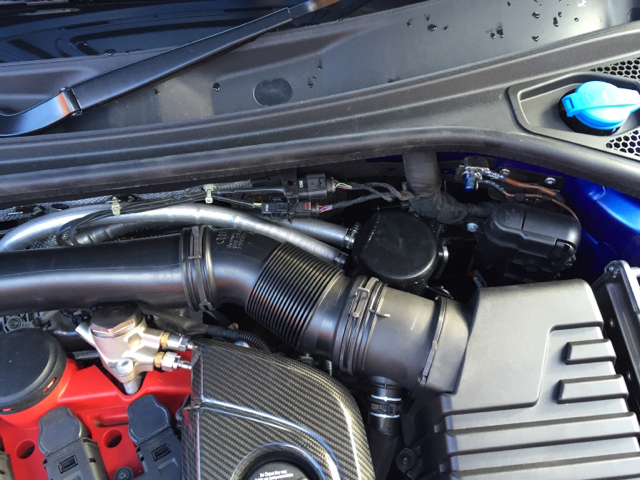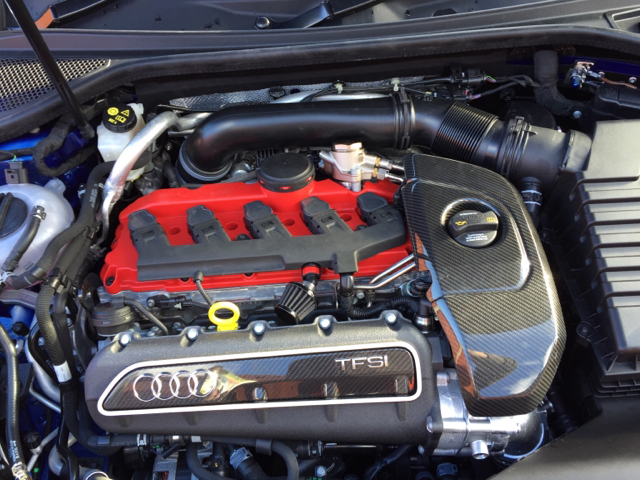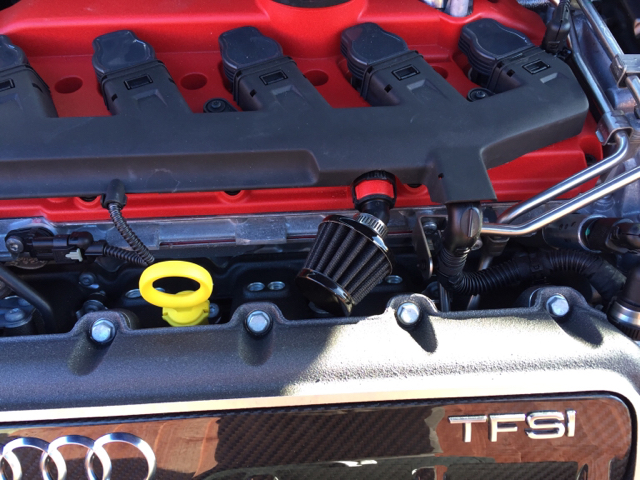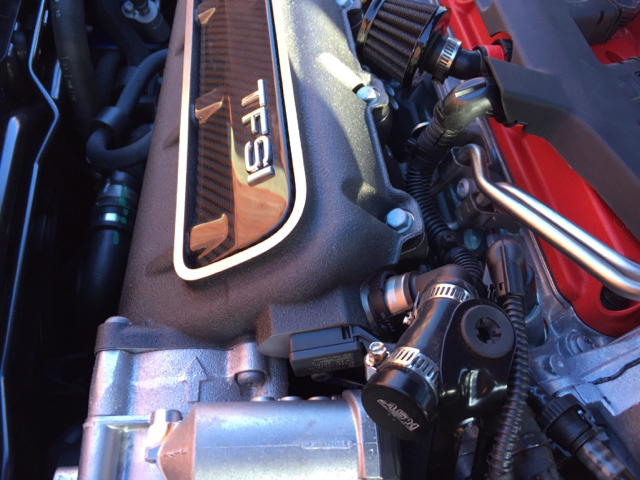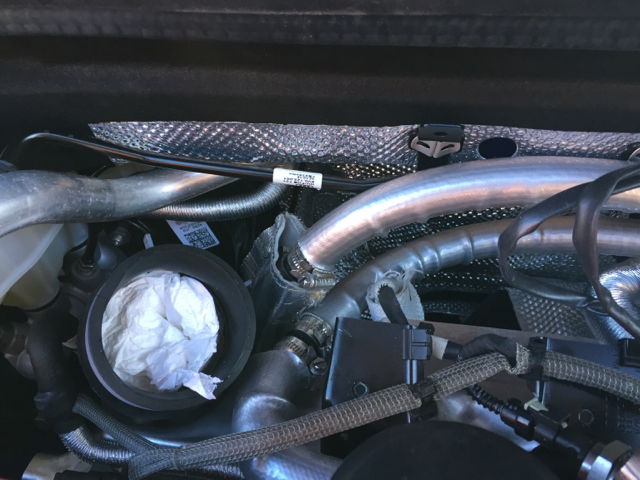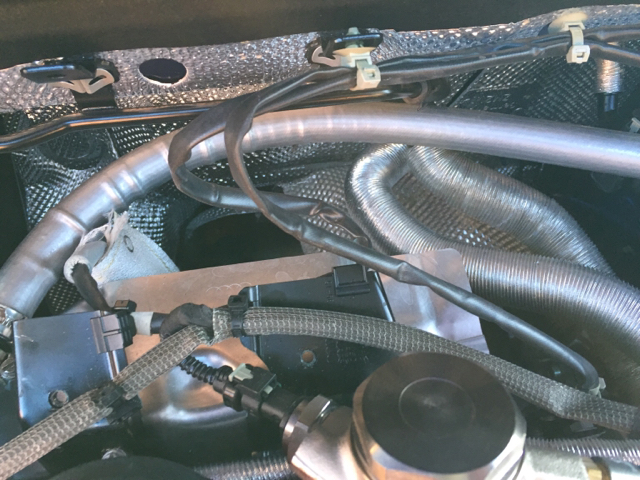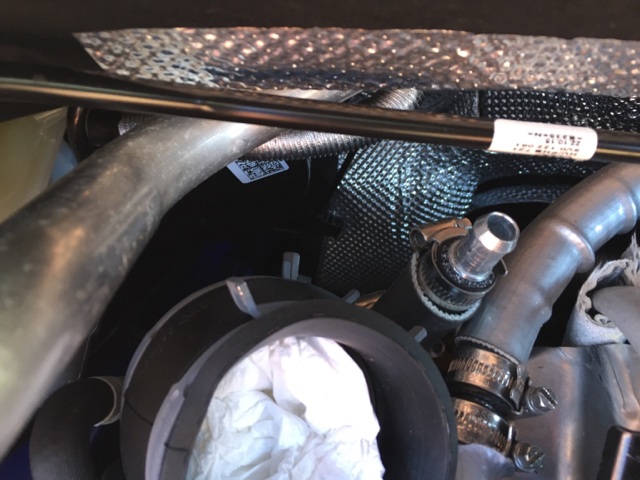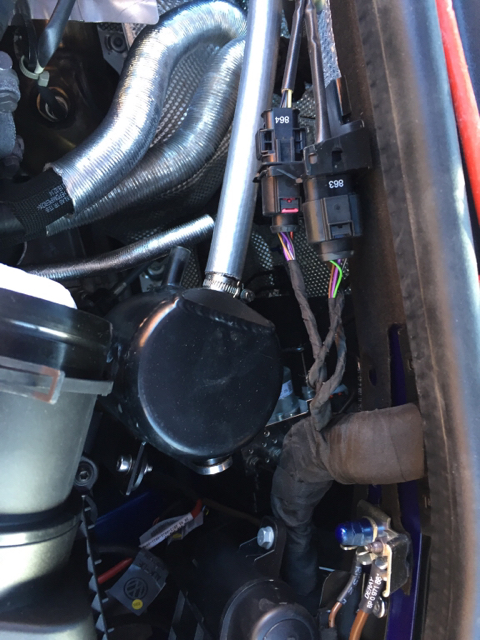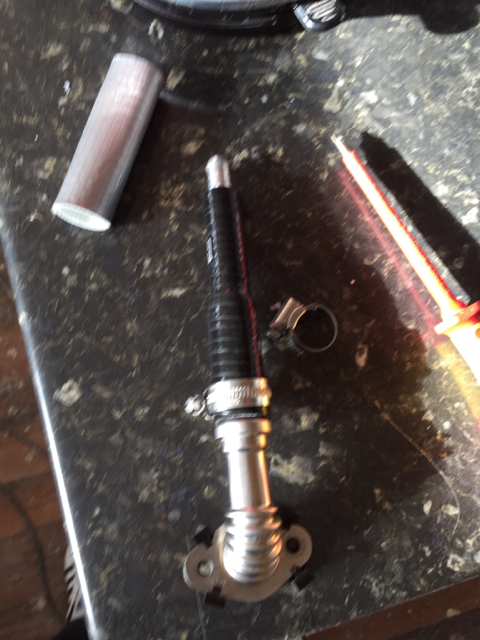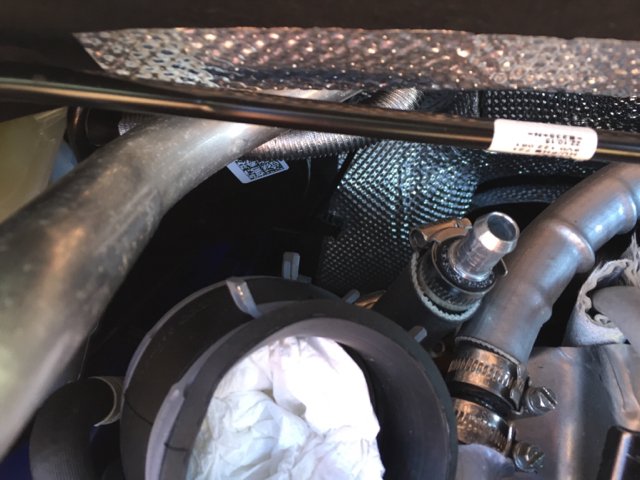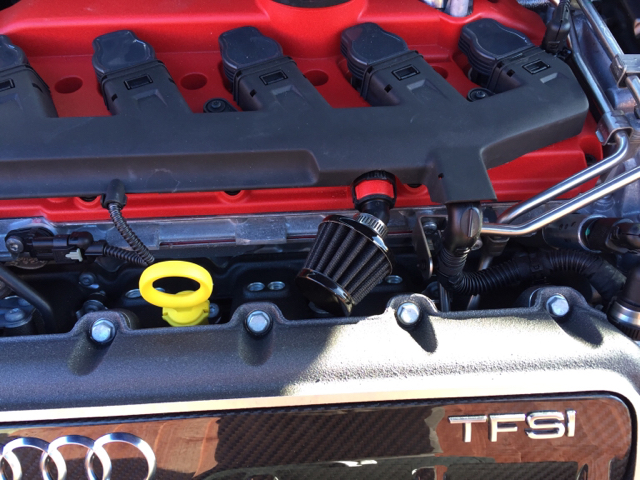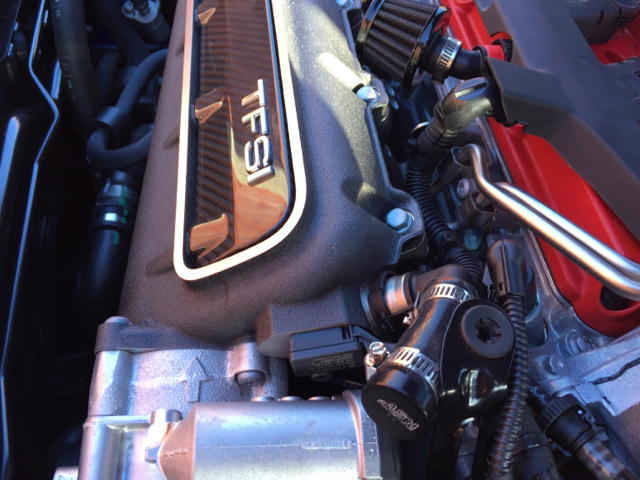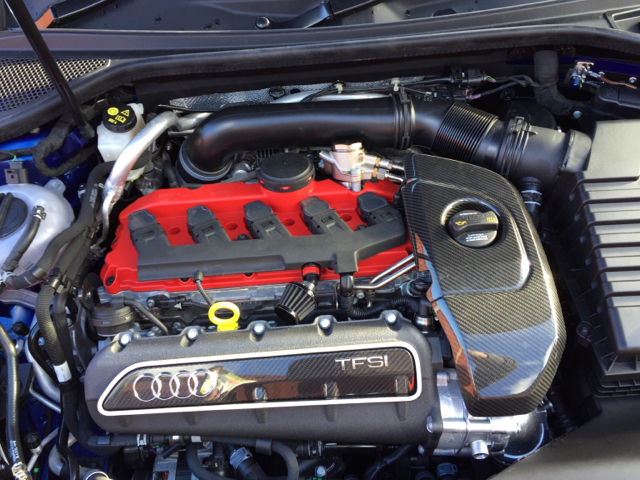Right as you probably know about the carbon build up on direct injection engines and due to the experiences I had with my RS4 b7 after only covering 100 mile in my RS3 I thought I would remove the pipe between the manifold and cam cover only to find a lot of oil in the pipe and inside the manifold were it connects since then I have not driven it until I can get a catch can set up on it. So today I have finish it and I wanted to post some pictures for you to see and discuss.
Audi rs3 8va oil catch can
- Thread starter Redderz
- Start date
You are using an out of date browser. It may not display this or other websites correctly.
You should upgrade or use an alternative browser.
You should upgrade or use an alternative browser.
I have allowed the cam cover to inlet manifold to vent to atmosphere and the cam cover to turbo inlet is going though the catch can from what I have read the inlet manifold breather operates on part throttle and the turbo breather induces clean air into the crankcase but once you are on boost the pcv valve shuts and the turbo inlet breather draws out the vapour from the crankcase so I came to the conclusion that when you are on boost there would be my blow by and oil vapour hence why I have plumbed this into the catch can so the crankcase will be under vacuum and draw out the vapour and when your on part throttle and not so much vapour it can vent to atmosphere the only draw back is that no clean air would be drawn in on part throttle but neither the S3 or RS4 had this so I suspect it will be fine and I suspected that both breathers will operate at the same time due to there not being boost pressure in the inlet manifold breather pushing the non return valve shut I have driven the car today and all seem fine and the breather filter is venting and I could see condensation in the catch can.
Spaceman_RS3
Registered User
- Joined
- Aug 5, 2015
- Messages
- 1,457
- Reaction score
- 842
- Points
- 113
Be interesting to see if you trap much oil I know the guys that fitted them on b7 rs4 didn't catch any so be good to see if this engine responds well
When I fitted a catch can to my b7 RS4 I had the same result but I found it was due to the catch can its self the one I originally had fitted to it was two 19mm take offs connected in the lid of the catch can which didn't have any sort of trap so it went in one take off and straight out the other so I bought one from the states can't remember what make it was but it was slightly better and I ended up modifying it by adding scotch pad in between the strainers and extending the inlet pipe to the bottom of the can and drilling fine holes in the pipe and this improved the catch cans ability by 50% with noticeable difference in the inlet manifold if I still had her I would have just vented to atmosphere. But I am pretty sure this set up will work on the RS3 especially as I am using forges catch can from the mk 6 Gti golf which has an excellent internal design.
Can't quite make out what is what here?.. Did you buy your catch tank? Shame you didn't take pictures of it all on a bench before it got fitted.
I'd be curious to hear what an Audi tech would say about with with regards to warranty, I can't imagine them being very happy but I like the idea.
I'd be curious to hear what an Audi tech would say about with with regards to warranty, I can't imagine them being very happy but I like the idea.
I didn't think about about it until I was half way through it tbh. The catch can I bought off of eBay for half of what forge charge because it was second hand and the hoses I bought separately as well as the thermal sleeving. I will sort this out and try and put it in order and explain what's what. I know what you mean but it is a risk I am willing to take and tbh as soon as the parts are available it won't stay standard.
Spaceman_RS3
Registered User
- Joined
- Aug 5, 2015
- Messages
- 1,457
- Reaction score
- 842
- Points
- 113
Look forward to see what's caught bud when you plan updates every 1k miles or something?
Type of driving and mileage do you do a month?
Type of driving and mileage do you do a month?
Yeah I reckon so I will update as soon as I have run it in. Until I have done about 1k it will be driven gently after that it will be driven hard which should give us a good idea of how well it works under different driving conditions mileage a month at the minute is not much but I plan to finish off the first 1k in one big day out so should have feed back I a couple of weeks.

The black plastic pipe and the metal flange and pipe form the the rear turbo inlet breather I cut the plastic pipe from the cam cover fitting using a sharp knife then remove the two torx 30 bolts from the flange on the turbo I then cut the plastic pipe from the metal flange.
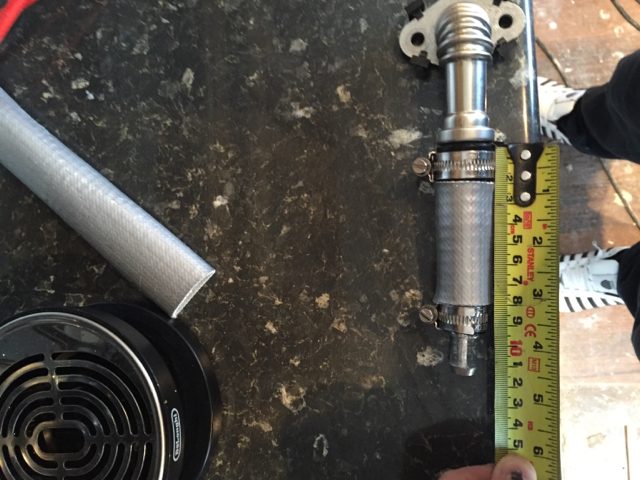
After fitting back on the car I needed to cut down the hose hence the tape measure 95mm is the idea hose length and I have used stainless clamps and a thermal heat covering due to it being so near the turbo.
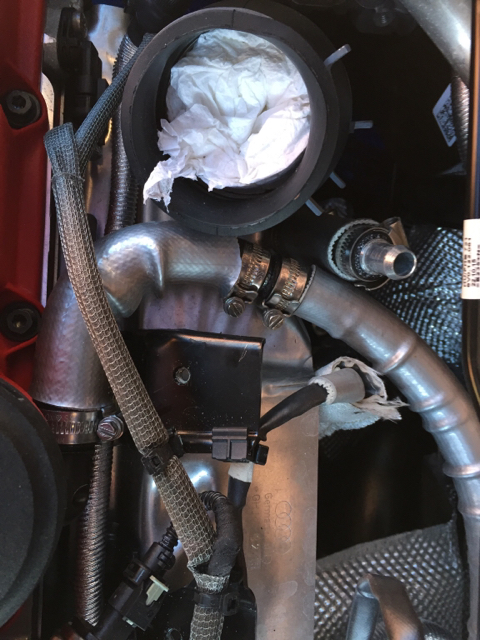
This is the rear cam from above I only started taking photos after this point this is an 90 degree reducer from 19mm to 13mm cut down to fit and then clamped to the original plastic pipes fitting which I did not remove I just gently cut with a knife and pulled off leaving a 19mm outlet so the 19mm hose clamps to this and I fitted a 13mm coupler to the 13mm end and covered with thermal covering and used stainless clamps

Behind the air box there is a hole in the plastic which I mounted a stainless m12 bolt, washer and nut the bolt was long enough that I could the put the catch can bracket on the rest of the bolt and add another washer and nut this catch can is from forge motorsport from a mk 6 golf Gti all there cans seem to be the same apart from the bracket and this worked out best.


After covering 400 mile with the catch can connected to only the rear breather this is what it has collected. Now I have decided to go with a VTA system which I plan to fit next week because this catch can is only catching some of what is going into the inlet and I want to plumb both the front and rear breathers into the can rather then just having a filter on the front I will up date next week with some pic when fitted.
It is not all oil it is water from condensation and blow by vapour as well but I would have thought that due to the lack of vacuum drawing it out that there would be less expulsion rather then more but for me bottom line is I don't want to strip the inlet off every 20000 miles and clean the inlet valves believe me it is hard work and build up happens very quickly I found this out from my RS4 after cleaning after 20000 miles then stripping down again after 5000 miles there was a thin lay all over the valves again which reduces flow.
It is not all oil it is water from condensation and blow by vapour as well but I would have thought that due to the lack of vacuum drawing it out that there would be less expulsion rather then more but for me bottom line is I don't want to strip the inlet off every 20000 miles and clean the inlet valves believe me it is hard work and build up happens very quickly I found this out from my RS4 after cleaning after 20000 miles then stripping down again after 5000 miles there was a thin lay all over the valves again which reduces flow.
I get that completely and I understood the foam was a water/oil mix, I to had what I suspect was an inlet build up issue on my 1 year old B8 RS4 at 20k miles, I generally don't keep them long enough to worry about it, but it does concern me that Audi have not address this issue fully yet. If mine has this kind of build up I will be looking at Audi to put it right under warranty. Have you any experience of the inlet "gas cleaning" systems that are demoed at various car shows? Are they of the "snake oil" persuasion?
If you mean fuel additives then these are completely useless because all Audi's that are FSI which as far as I know is all of them now days are direct injection which means the injector is fitted in the cylinder head and the fuel is sprayed directly into the cylinder this is why you get carbon build up because the injector is normally fitted in the inlet manifold and sprays in the inlet manifold which cleans the oil vapour and stops the carbon build up don't get me wrong the reason Audi use direct injection because it has meany advantages. There are other cleaning systems like Terra Clean and Hydro Clean but believe me it took me four days to clean my inlet valves and manifold and I used every think I could think of from cooker cleaner to petrol carb cleaner thinners and even fuel additives and left to soak. So simply spraying cleans down the inlet will not removal the deposits. The only substance that I have seen that works is walnut blasting.
I was referring to the Terra Clean type systems when a gas in added to the inlet manifold with a view that it is supposed to clean the intake system in around 30 mins, I find this hard to believe and I would like to see a before and after shot on the inlet track from someone whom I trust 
Sorry I don't wish to dilute your excellent thread, I just would have expected that Audi would have this crap sorted by now
Sorry I don't wish to dilute your excellent thread, I just would have expected that Audi would have this crap sorted by now
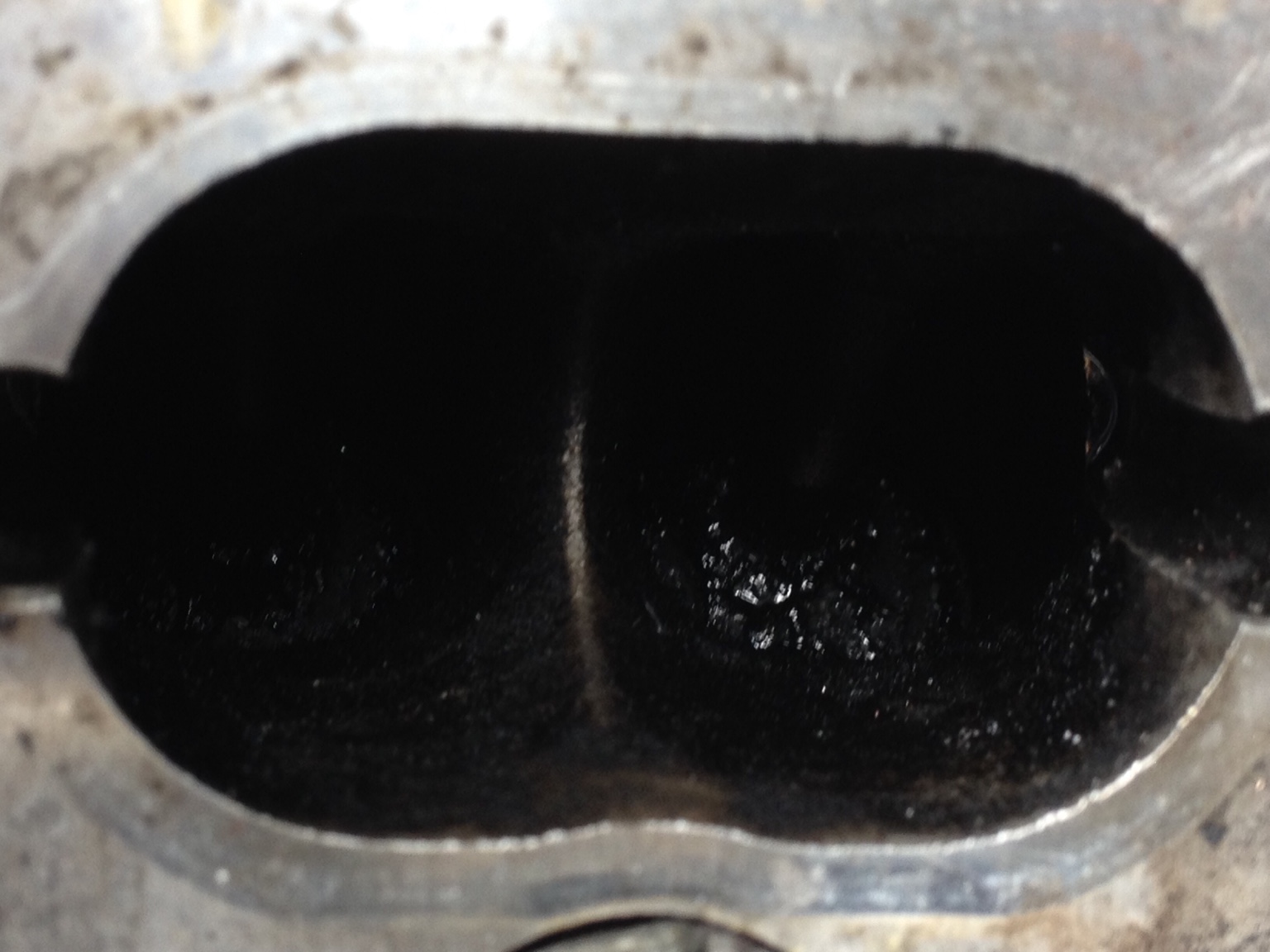
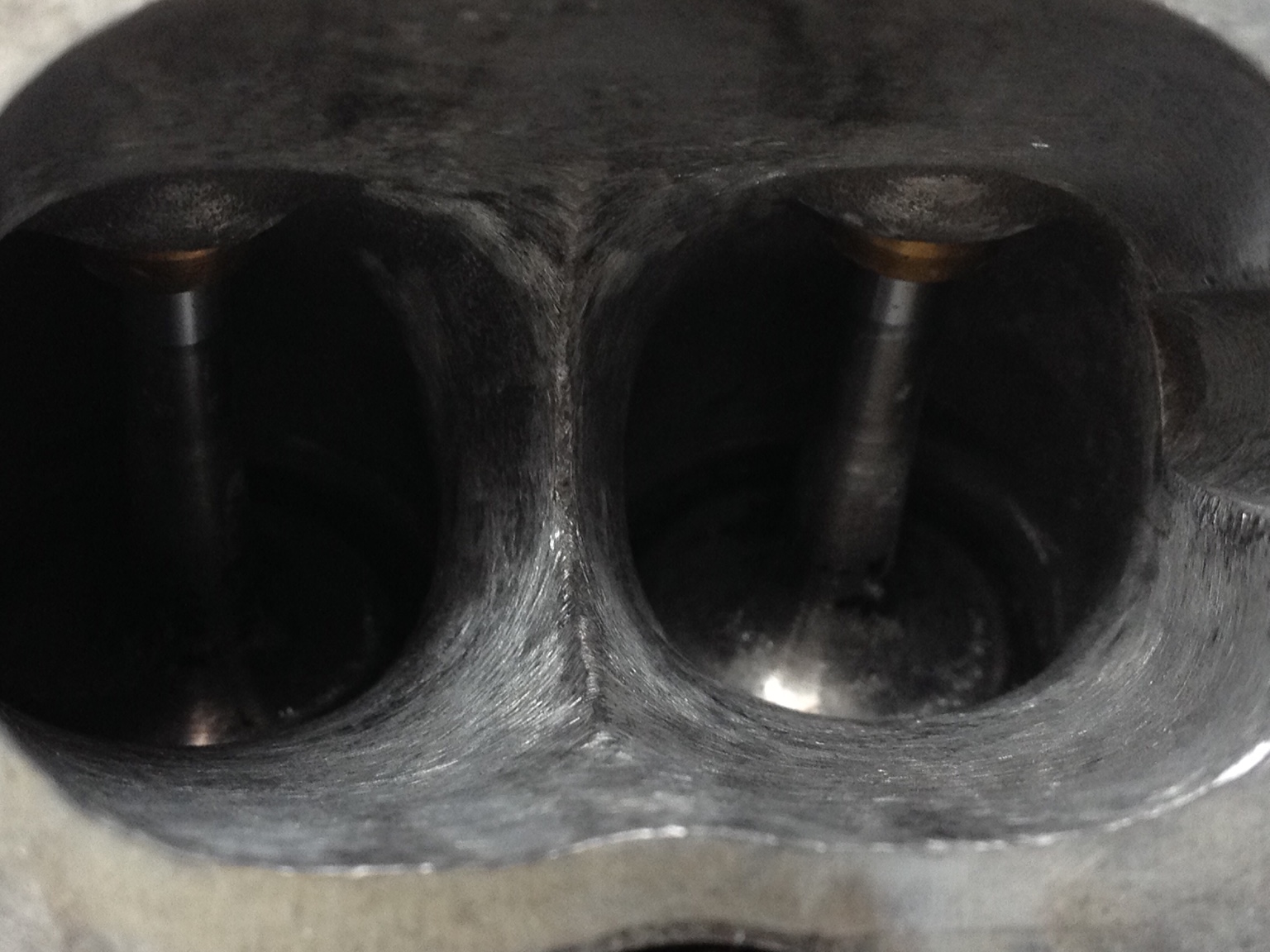
Here are some before and after pictures but believe me they don't do it justice I know there has been talk about over filling the oil causes this and not enough oil changes and not driving the car hard enough but I have done all of the above and it made no difference at all and only solution I see is to remove it from the equation completely with a VTA catch can.
Looks like some seriously course paper (or stone) was used to help clean that up, the Walnut shells are probably the best option as you stated before but still very labour/time/cost intensive.
I would love to see the internal Audi memos regarding this very issue!
I would love to see the internal Audi memos regarding this very issue!
I was referring to the Terra Clean type systems when a gas in added to the inlet manifold with a view that it is supposed to clean the intake system in around 30 mins, I find this hard to believe and I would like to see a before and after shot on the inlet track from someone whom I trust
Sorry I don't wish to dilute your excellent thread, I just would have expected that Audi would have this **** sorted by now
No problem. Audi don't see it as a problem just a characteristic of the engine which to be far is right Audi are not the only manufacture with is problem though and any engine with direct injection will have it. I don't see there being an answer for it that Audi can manufacture into the engine to stop it wmi Audi would never use and doesn't work either because of volume of flow you would need and a constant flow an extra injector in the inlet would cause at a guess emission problems and one injector wouldn't be enough to clean all inlet ports so the only other answer would be to ditch direct injection but this wouldn't be practical due to it advantages
Looks like some seriously course paper (or stone) was used to help clean that up, the Walnut shells are probably the best option as you stated before but still very labour/time/cost intensive.
I would love to see the internal Audi memos regarding this very issue!
Lol sorry that's not how I left it I just thought that if I was going to all that trouble that I would smooth out the ports as well. This did help future clean of the ports later on but the hardest parts are the valves
Lol sorry that's not how I left it I just thought that if I was going to all that trouble that I would smooth out the ports as well. This did help future clean of the ports later on but the hardest parts are the valves
No the car was out of warranty but I did have a chat and they tried give me some fuel additive then when I explained it would work their answer was a new inlet manifold for some silly price which would have only fixed half the problem any way so I got the spanners out
No the car was out of warranty but I did have a chat and they tried give me some fuel additive then when I explained it would work their answer was a new inlet manifold for some silly price which would have only fixed half the problem any way so I got the spanners out
ROFL, new intake manifold and fuel additive, shows that the dealer really did not understand the issue
@Arcam the 2.0 TFSI engine (EU engines only) as used in the S3 has an extra injector upstream of the inlet valves (4 extra in total) precisely to try and cure this issue, it's a very well known issue on FSI engines, esp on the V8's. They did look briefly at introducing this for the 2.5 5-cyl but there were too many packaging issues.
That's what you get from Audi technicians if the OBD port don't tell them what is wrong then they have not got a clue my whole issue started with a cold miss fire which I could not fix by changing plug and coils which lead me to the carbon which solved the problem and changed the performance of the car dramatically.ROFL, new intake manifold and fuel additive, shows that the dealer really did not understand the issue




